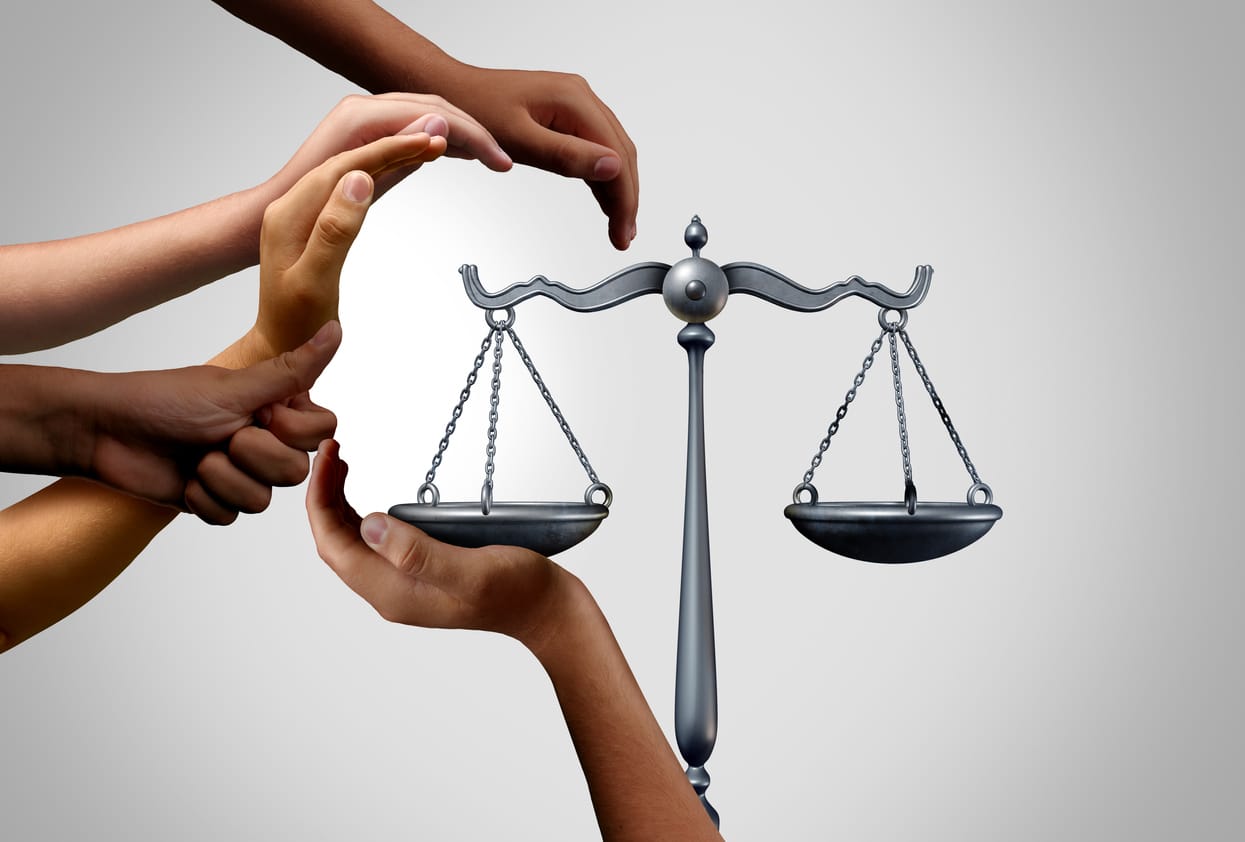ABA Ethics Committee Releases Discrimination and Harassment Guidelines in New Opinion
Lawyers, specifically employment lawyers, are the ones who help employees fight back against discrimination and harassment at work. But what about when they are the victims of the behavior, or the ones doing the harassing? The American Bar Association’s Ethics Committee has released a new formal opinion that provides discrimination and harassment guidelines for lawyers, judges, and state supreme courts across the country.
ABA Sets Discrimination and Harassment Guidelines
The American Bar Association (ABA) is a nationwide organization that guides the practice of law across the country. One way the ABA does this is by issuing its “Model Rules of Professional Conduct”. However, the Model Rules themselves don’t affect anyone. Instead, they represent industry best practices, which individual states’ supreme courts can decide to adopt, adjust, or reject.
In 2016, after years of study and debate, the ABA House of Delegates voted to update Model Rule 8.4(g), which applies to discrimination and harassment. The current version of the model rule says:
It is professional misconduct for a lawyer to . . . engage in conduct that the lawyer knows or reasonably should know is harassment or discrimination on the basis of race, sex, religion, national origin, ethnicity, disability, age, sexual orientation, gender identity, marital status or socioeconomic status in conduct related to the practice of law. This paragraph does not limit the ability of a lawyer to accept, decline or withdraw from a representation in accordance with Rule 1.16. This paragraph does not preclude legitimate advice or advocacy consistent with these Rules.
The official comments on the rule provide some important definitions:
- “Discrimination” includes “harmful verbal or physical conduct that manifests bias or prejudice towards others.”
- “Harassment” includes “derogatory or demeaning verbal or physical conduct.”
- “Sexual harassment” includes “unwelcome sexual advances, requests for sexual favors, and other unwelcome verbal or physical conduct of a sexual nature.”
States Split Over Adoption of ABA Harassment and Discrimination Guidelines
Since the new discrimination and harassment guidelines went into effect, state courts and legal experts have been divided on whether to adopt the Model Rules for themselves. The most vocal opponents to the Model Rules said they unconstitutionally restricted lawyers’ First Amendment rights to free speech and free exercise of religion. Marc Randazza, a First Amendment attorney from Las Vegas, called the Model Rule, “a speech trap for any lawyer who sticks his or her neck out on issues that might be considered controversial.”
Opponents also said the Model Rule went too far, allowing a single inappropriate action to create grounds for attorney disciplinary action — even disbarment. Because of the controversy, as of June 2019, only two states had adopted the ABA’s discrimination and harrasment guidelines.
ABA Model Rules Hold Lawyers to Higher Standard
Title VII of the federal Civil Rights Act and state and local anti-discrimination laws set similar standards for employers across the U.S. These laws generally require employers to take reasonable steps to address severe or ongoing sexual harassment and discrimination that happens in the workplace. Single incidents, unless they are particularly serious, are not enough to trigger the obligation to respond.
The ABA Model Rules go further. As the recent ABA ethics opinion explained, “Although conduct that violates Title VII of the Civil Rights Act of 1964 would necessarily violate paragraph (g), the reverse may not be true.” The ethics opinion made clear that even a single derogatory sexual comment could violate the anti-harassment guideline. “The isolated nature of the conduct, however, could be a mitigating factor in the disciplinary process.” The opinion acknowledged that this held lawyers to a higher standard than the general public:
“Harassment and discrimination damage the public’s confidence in the legal system and its trust in the profession.”
What Counts as Discrimination and Harrasment Under the Model Rules
To provide guidance to state supreme courts considering adopting the ABA model discrimination and harassment guidelines, the Ethics Committee set out five hypothetical situations, and addressed whether each would count as discrimination or harassment under the rule:
Representation of Organizations Advocating for Discriminatory Policies: Not Misconduct
It is not misconduct for a lawyer to represent a religious organization challenging a local ordinance requiring schools to offer gender-neutral restroom or locker room facilities. Offering advice or advocacy on issues, even if others may disagree with the position, does not violate the rules.
Advocating Controversial Viewpoints at Lawyer Education Programs: Not Misconduct
It would also not be discrimination or misconduct to advocate against affirmative action policies while at a continuing legal education (CLE) program. While attendance at these programs is covered by the anti-discrimination rules, a general point of view is not harassment or discrimination, even if others might find it upsetting or offensive.
Participating in Advocacy Against Existing Anti-Discrimination Laws: Not Misconduct
A lawyer can also not be disciplined for participating in a religious legal organization that advocates in favor of allowing discrimination based on sexual orientation or gender identity. Even though the actions the organization advocates for are illegal under federal or state laws, pure advocacy is not harmful discrimination or a violation of the rule.
Unwelcome Physical Conduct by an Adjunct Professor at a Law School: Misconduct
An adjunct professor at a law school clinic who makes unwanted physical advances against the law student can be disciplined for misconduct. Even though his action took place outside the scope of representation of a client, it still qualifies as “conduct related to the practice of law.”
Law Firm Partner Makes Discriminatory Policy Planning Remarks: Misconduct
A partner at a law firm who makes discriminatory comments that the firm should not employ or represent Muslims as clients can be disciplined for misconduct because her behavior is “related to the practice of law”. This is true even if the person listening is not the target of the discriminatory comment.
Most states have some form of anti-discrimination policy included in their bar association’s code of professional responsibility, but few go as far as the Model Rules. In time, perhaps this ABA ethics opinion will quiet concerns about lawyers’ free speech, and shield attorneys from discrimination and harassment in the law offices, bar association programs, and social events that are essential parts of being a lawyer.
At Eisenberg & Baum, LLP, our employment discrimination lawyers know how to use model rules and industry standards to your benefit when discrimination or harassment happens at work. Whether you are an attorney at a big law firm or a clerk in the mail room, will review your case and help you prepare a strategy to get the relief you need. Contact us today to schedule a free initial consultation and get your case started.











